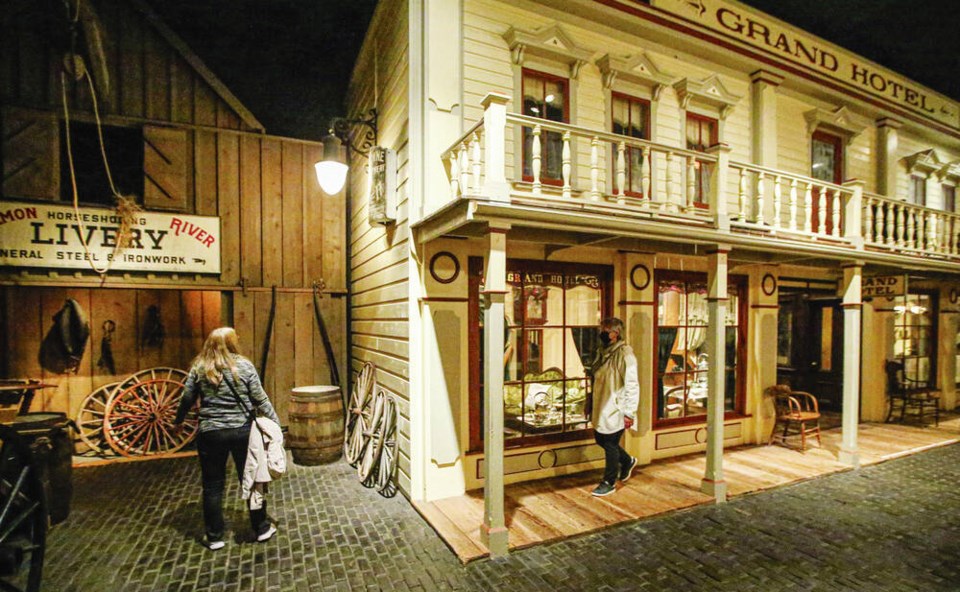A commentary written on behalf of the Council of the Victoria Historical Society.
The Council of the Victoria Historical Society supports the Royal B.C. Museum’s goal to decolonize its third-floor galleries and make the museum an accessible space that represents the diverse experiences and histories of the province.
In particular, we support the museum’s goal to create new narratives that highlight the resilience and cultural properties of Indigenous peoples.
We are concerned, however, about the museum’s plan to close these galleries before engaging in a multi-stage process of consultation, design and creation of new exhibits.
Closing the human history section of the provincial museum for at least two years — likely more — will create an unnecessary chasm in the education and tourism worlds of British Columbia.
With no budget commitment announced for this complex project, securing adequate funding could further lengthen the time that the third floor of the museum is closed. The lack of a budget and infrastructure also raises questions about how the museum will produce new exhibits that improve on the quality of the current ones.
Despite their shortcomings and the need for change, the RBCM’s exhibits have been recognized for their high quality and community value.
In 2015, for example, TripAdvisor declared the Royal B.C. Museum the best museum in Canada for the second year in a row, the RBCM won a B.C. Multicultural Award, and it won an award from the American Alliance of Museums for its exhibition Our Living Languages: First Peoples’ Voices in British Columbia.
The museum exhibits themselves have become cultural touchstones, with an immersive aspect that has captured the imagination of generations.
We urge the museum to halt the deconstruction of the current exhibits until a budget for new exhibit creation has been allocated, and until the museum has carried out the time-consuming process of wide-ranging consultation and exhibit design.
This consultation process may recommend updating certain exhibits while removing others, thereby maintaining what is of value, reducing waste and avoiding unnecessary expense.
While leaving the third floor open, the RBCM can enhance its relevant and essential role in educating the public.
Acknowledging that fundamental change needs to happen, the museum has an opportunity to engage visitors — by print, posters, tours or amendments to the existing exhibits about the re-envisioning it hopes to achieve and invite visitors to engage critically with the way we understand and reflect on the past.
2021, as the 150th anniversary of B.C. entering Confederation with Canada, is an especially relevant year to reassess our complex human histories. Much work needs to be done.
The Victoria Historical Society looks forward to participating in the museum’s upcoming provincewide conversation about how we tell the story of the lands on which we live and work.



